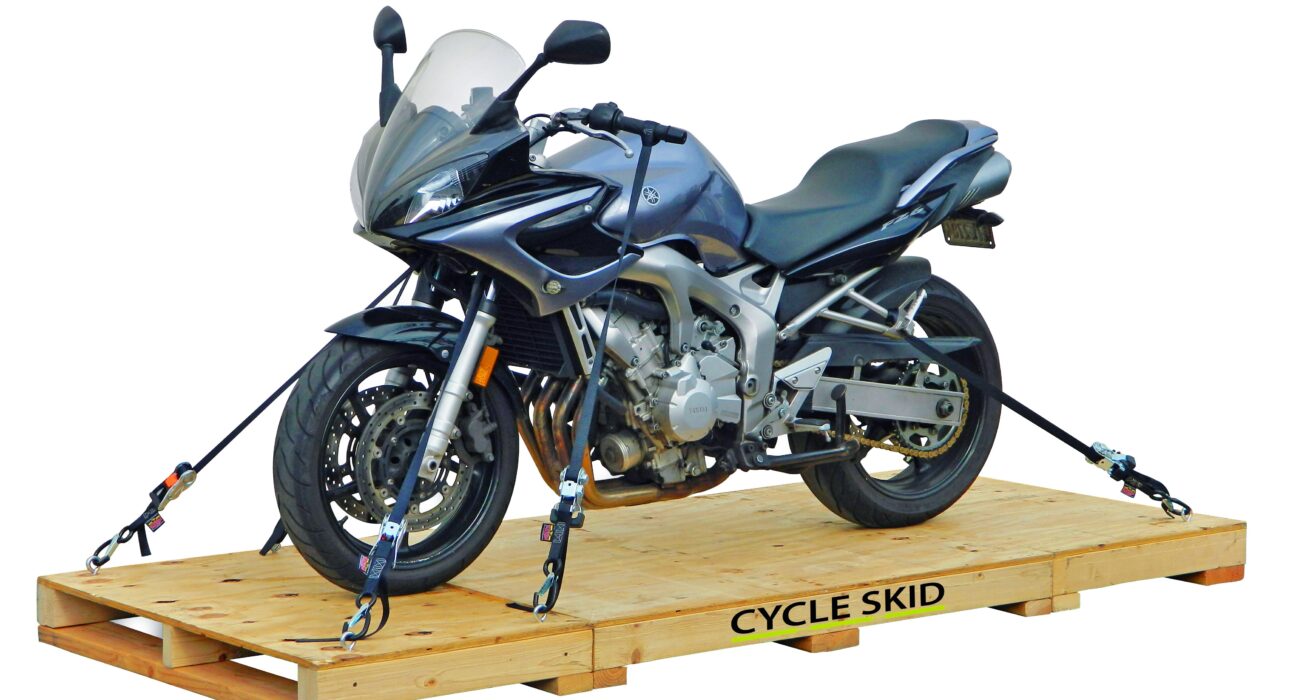When I had to move to a new city, one of my biggest concerns was my motorcycle. Unlike small household items, transporting a bike safely requires extra care and the right planning. After going through the process myself, I learned step‑by‑step how to do it properly.
If you’re wondering how to pack and transport a motorcycle for a move, let me walk you through everything I did so you can avoid costly mistakes and ensure your bike reaches safely.
Step 1: Decide How You Want to Transport the Motorcycle
Table of Contents
The very first decision I had to make was whether to transport my bike myself or hire a professional.
- Self‑transport: If you own a pickup truck or trailer, this option is budget‑friendly. However, you need the right tools and some experience.
- Professional movers: This is what I ultimately chose. Bike‑moving services handle everything from packing to delivery, giving peace of mind.
Tip: Compare quotes from at least 2–3 movers before deciding.
Step 2: Clean the Motorcycle Thoroughly
Before packing, I gave my bike a good wash. This wasn’t just about looks—it helped me spot any existing scratches or dents. That way, if there was any damage during transport, I could easily identify it.
- Why it’s important: A clean surface makes inspection easier.
- Extra tip: Take clear photos of the bike from all angles for insurance records.
Step 3: Check for Mechanical Issues
The next thing I did was inspect the bike’s condition. I made sure to:
- Check tire pressure.
- Inspect the brakes and clutch.
- Ensure there were no oil leaks.
- Remove any loose accessories like phone mounts or saddlebags.
This step is crucial because movers usually don’t cover pre‑existing mechanical problems.
Step 4: Drain the Fuel Tank (Partially)
I kept the fuel level at about 1/4th of the tank. Why? Because a full tank adds weight and increases the risk of leakage. On the other hand, leaving it completely empty can make loading and unloading harder.
- Best practice: Keep just enough fuel for minimal movement during loading and unloading.
Step 5: Disconnect the Battery (Optional)
In my case, the transporter required me to disconnect the battery to avoid short circuits. Not all movers ask for this, but if yours does, it’s a simple step.
Step 6: Pack the Motorcycle Properly
Here’s how I packed mine:
- Bubble Wrap / Foam Sheets: I used these for mirrors, levers, and fragile parts.
- Blankets or Thick Cloth: To protect the fuel tank and seat from scratches.
- Plastic Sheets: To shield against dust and rain during transit.
- Rope and Straps: To hold everything tightly in place.
Remember: Do not tape directly on the paint; always use a protective layer first.
Step 7: Choose the Right Transport Method
I explored three options before deciding:
- Open Truck Transport: Cheapest, but exposes the bike to dust and weather.
- Enclosed Truck Transport: More expensive but fully safe from weather and road debris.
- Crate Shipping: The safest method. The bike is placed in a wooden or metal crate, strapped, and cushioned.
I personally went for enclosed truck transport as it balanced cost and safety.
Step 8: Secure the Motorcycle
Whether you’re doing it yourself or hiring professionals, securing the bike properly is essential.
- Use soft straps instead of metal ones to avoid scratches.
- Strap down at multiple points: handlebars, footrests, and rear section.
- Ensure the bike remains upright and does not lean to one side.
Pro Tip: Avoid using the kickstand during transport as it may damage the bike if pressure shifts.
Step 9: Get Insurance Coverage
One lesson I learned is never to skip insurance. Even with the best movers, accidents can happen. I made sure the moving company offered transit insurance for my motorcycle.
- Check: What damages are covered (scratches, dents, total loss).
- Verify: Whether personal accessories like helmets or saddle bags are included.
Step 10: Inspect Upon Delivery
When my bike arrived, the first thing I did was inspect it thoroughly. I compared it with the photos I had taken earlier. Thankfully, everything was intact. Still, this step is crucial in case you need to file a damage claim.

Final Thoughts
To sum it up, knowing how to pack and transport a motorcycle for a move can save you from stress and unnecessary costs. From choosing the right transport method to packing carefully and checking insurance, each step matters. Personally, I found professional movers to be worth the investment for safety and convenience.
So, if you’re planning a move, follow these steps, and your motorcycle will reach your new home safe and sound—just like mine did!
Safe travels and happy riding!
Also Read: Best Electric Cars in India Under 10 Lakhs: My 2025 Picks





